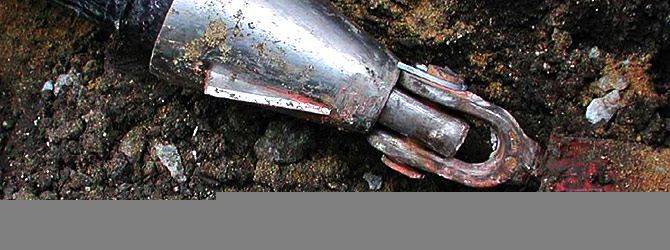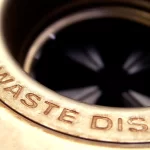
Pipe bursting, a cost-effective trenchless pipe replacement service.
Pipe bursting makes use of specialized equipment in order to replace old pipes, only minor digging is needed thus it is referred to as a trenchless pipe replacement technique. The old pipe is fractured by an ‘expander head’ and pressed into the surrounding soil making room for the new pipe which is simultaneously replaced.
There are five key components involved in the bursting system the expander head, pulling rods, pulling machinery, retaining devices, and the hydraulic power pack. The expander head moves through the old pipe applying radial forces that crack and break the old pipe, pressing the debris into the soil. This creates enough space for a new pipe to be inserted behind the expander head.
Depending on the soil conditions, pipe replacement may be up to 150% larger in diameter than the previous pipe. Soil conditions that may impact this method including very sandy soils, the depth of the water table, and surface loads. In areas where there is a lot of traffic, for instance in dense urban locations, pipe bursting may be a poor choice due to an increased risk of a surface cave-in.
This form of trenchless pipe replacement has advanced throughout the years, earlier pipe bursting projects occasionally found themselves with either complete failure or incomplete bursting. This was due to the early adoption of this technology; at the time all of the ‘kinks’ had yet to be worked out and features had yet to be implemented that would prevent these issues. These days, pipe bursting has come a long way and under the right conditions is a reliable, effective method of pipe replacement.
Advantages of Pipe Bursting
This method offers quite a few benefits in comparison to traditional pipe replacement methods. As it is a trenchless method it reduces, quite significantly, the workload necessary to replace existing pipes.
Bursting pipes requires only two holes to be dug; a launching pit and a receiving pit replacing the standard trench that would need to be dug out in conventional pipe replacement projects. Since the ground does not need to be completely dug up, landscaping can be left intact, and in most cases undamaged.
As noted earlier, this technique allows for pipe replacement using pipes with a much larger diameter, up to 150% in some cases. This, of course, has a huge benefit for situations where a higher carrying capacity is required, demanding larger pipes.
Utilizing this method of pipe replacement can save time and money, now and down the road. Pipe bursting requires less labor than standard pipe replacement methods, reducing overall costs and time to complete the work. Further, the added benefit of replacing pipes is that the potential for future repair jobs because of old or deteriorating pipes are totally eliminated.





